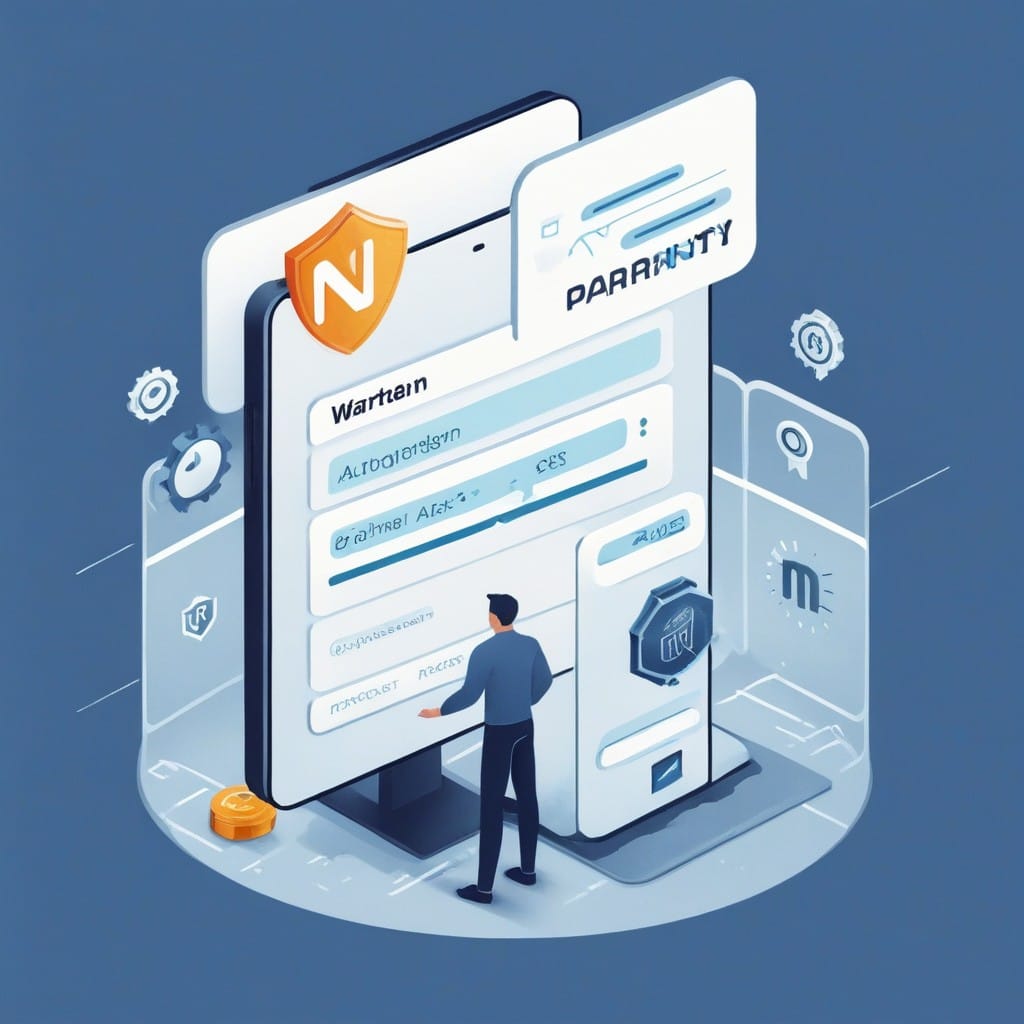Automating Warranty Expiration Alerts with n8n for Proactive Asset Management

In today’s fast-paced business environment, managing assets efficiently is critical to minimizing downtime and reducing unexpected costs. One often-overlooked aspect of asset management is tracking warranty expirations. Missing a warranty deadline can lead to costly repairs or replacements that could have been avoided. Fortunately, automation tools like n8n can help businesses stay ahead by sending proactive warranty expiration alerts.
Why Automate Warranty Expirations?
Manual tracking of warranty expirations is time-consuming and prone to human error. Spreadsheets or calendar reminders can easily be overlooked, especially in organizations with hundreds or thousands of assets. Automating this process ensures:
- Timely Notifications: Alerts are sent well before expiration, giving teams time to act.
- Reduced Costs: Avoid out-of-warranty repair expenses by scheduling maintenance or renewals in advance.
- Improved Efficiency: Free up IT or operations teams from manual tracking tasks.
How n8n Simplifies Warranty Automation
n8n is a powerful workflow automation tool that connects apps and services without requiring extensive coding knowledge. Its visual interface allows users to create custom workflows (called "workflows") to automate repetitive tasks—like sending warranty alerts.
Key Features of n8n for Warranty Management:
- Multi-System Integration: Pull warranty data from spreadsheets, databases (like PostgreSQL or MySQL), or asset management tools (like Snipe-IT).
- Flexible Triggers: Set up time-based triggers (e.g., "30 days before expiration") or event-based triggers (e.g., "when a new asset is added").
- Custom Notifications: Send alerts via email (Gmail, Outlook), Slack, Microsoft Teams, or even SMS (via Twilio).
- Conditional Logic: Only notify relevant teams based on asset type, location, or criticality.
Step-by-Step: Building a Warranty Alert Workflow in n8n
Here’s how to create an automated warranty expiration alert system in n8n:
1. Collect Warranty Data
- Use the HTTP Request or Database node to fetch asset records containing warranty end dates.
- Alternatively, sync with an asset management API like Snipe-IT or Freshservice.
2. Filter Expiring Warranties
- Use the Function or IF node to compare dates and filter assets expiring within a set timeframe (e.g., 30 days).
3. Generate Notifications
- For email alerts: Use the Gmail or Outlook node to send templated messages to stakeholders.
- For team alerts: Use the Slack or Microsoft Teams node to post in relevant channels.
4. Schedule Regular Checks
- Use the Cron node to run the workflow daily or weekly.
5. Optional: Escalate Critical Alerts
- Add a condition to flag high-priority assets (e.g., servers) and escalate via SMS or a ticketing system (like Jira).
Example Workflow
Here’s a simplified n8n workflow for warranty alerts:
- Trigger: Cron node (runs every day at 9 AM).
- Data Fetch: HTTP Request node (pulls asset data from an API).
- Filter: Function node (checks if
warranty_end_dateis within 30 days). - Notification: Gmail node (sends email to the IT team with asset details).
Benefits Beyond Alerts
Automating warranty expirations is just the beginning. With n8n, you can extend workflows to:
- Auto-generate renewal requests in procurement systems.
- Update asset records post-warranty for better lifecycle tracking.
- Integrate with helpdesk tools to create preemptive maintenance tickets.
Conclusion
Proactive warranty management is a small but impactful way to optimize asset lifecycle costs. By leveraging n8n’s automation capabilities, businesses can eliminate manual tracking, reduce financial risks, and ensure smoother operations. Whether you’re managing IT hardware, office equipment, or industrial machinery, setting up automated alerts is a low-effort, high-reward solution.
Ready to automate? Try n8n’s free tier and build your first warranty alert workflow today!



